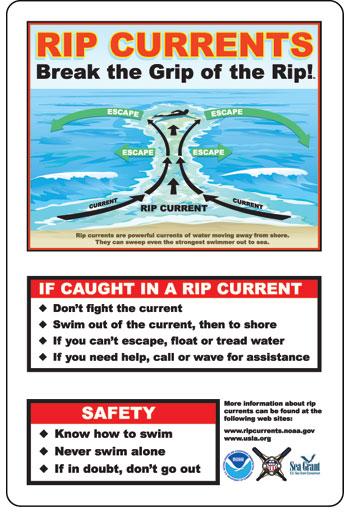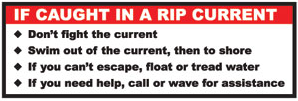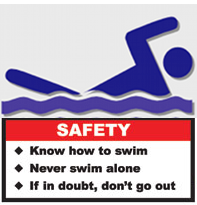Take a walk on the Wild side . . .
Safety Warning! Swimming on the Wild Coast
Care should be taken when swimming in the oceans around South Africa.
Treacherous currents and high waves can drag swimmers into dangerous situations, sometimes followed by fatal drowning.
There is also a risk of shark attacks. Therefore it is strongly advised to only swim where lifeguards are operating, and to avoid desolate and unguarded beaches.
Drowning or near drowning frequently happens in South Africa's coastal areas. Tidal currents and unexpectedly high waves do happen, together with ever moving rip currents. These currents come to live in a trench between sandbars, which can be described as a powerful, narrow channel full of fast-moving water running perpendicular to the beach, out into the ocean. Rip currents can be located by trained beach lifeguards while non-experienced swimmers can mostly not discern them.
A swimmer caught in a rip current should not attempt to swim back to shore directly against the current. This would result in exhaustion and drowning. The swimmer should remain calm and swim parallel to the shore until he or she is outside of the current. Then the swimmer can swim at a leisurely pace, in a diagonal direction, away from the rip but back to shore."



Total views: 20,256 |

Comments
Andre (not verified)
Mon, 12/03/2012 - 18:46
Permalink
Port St Johns and sharks
Add new comment